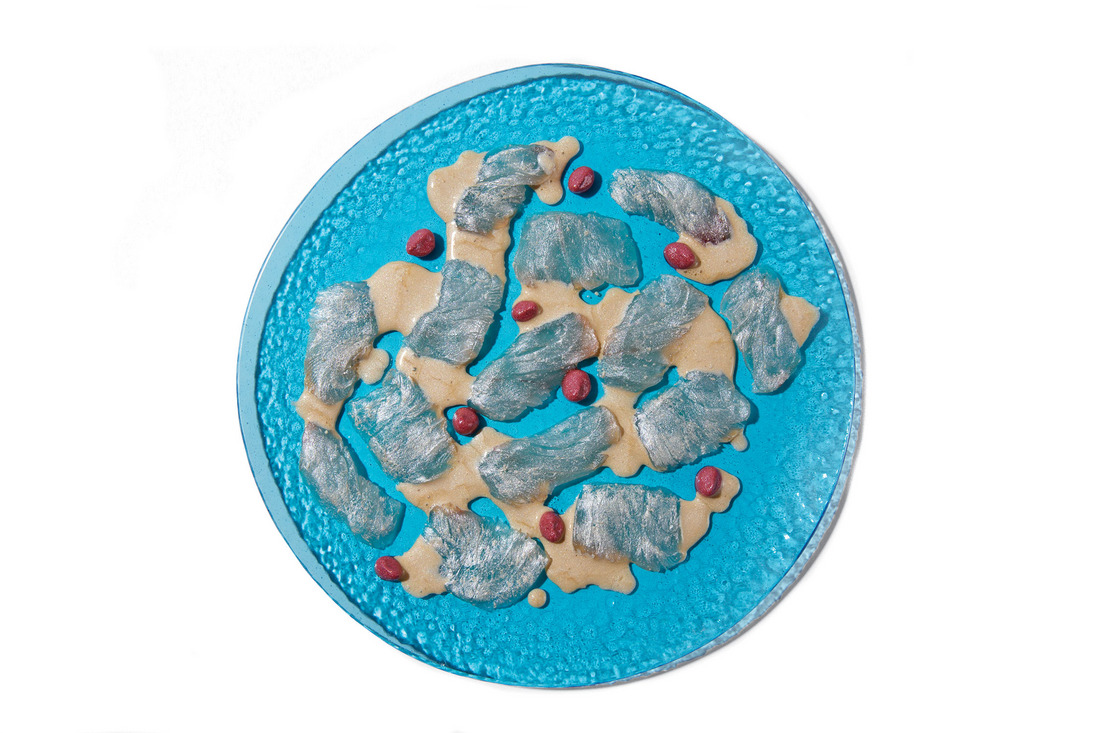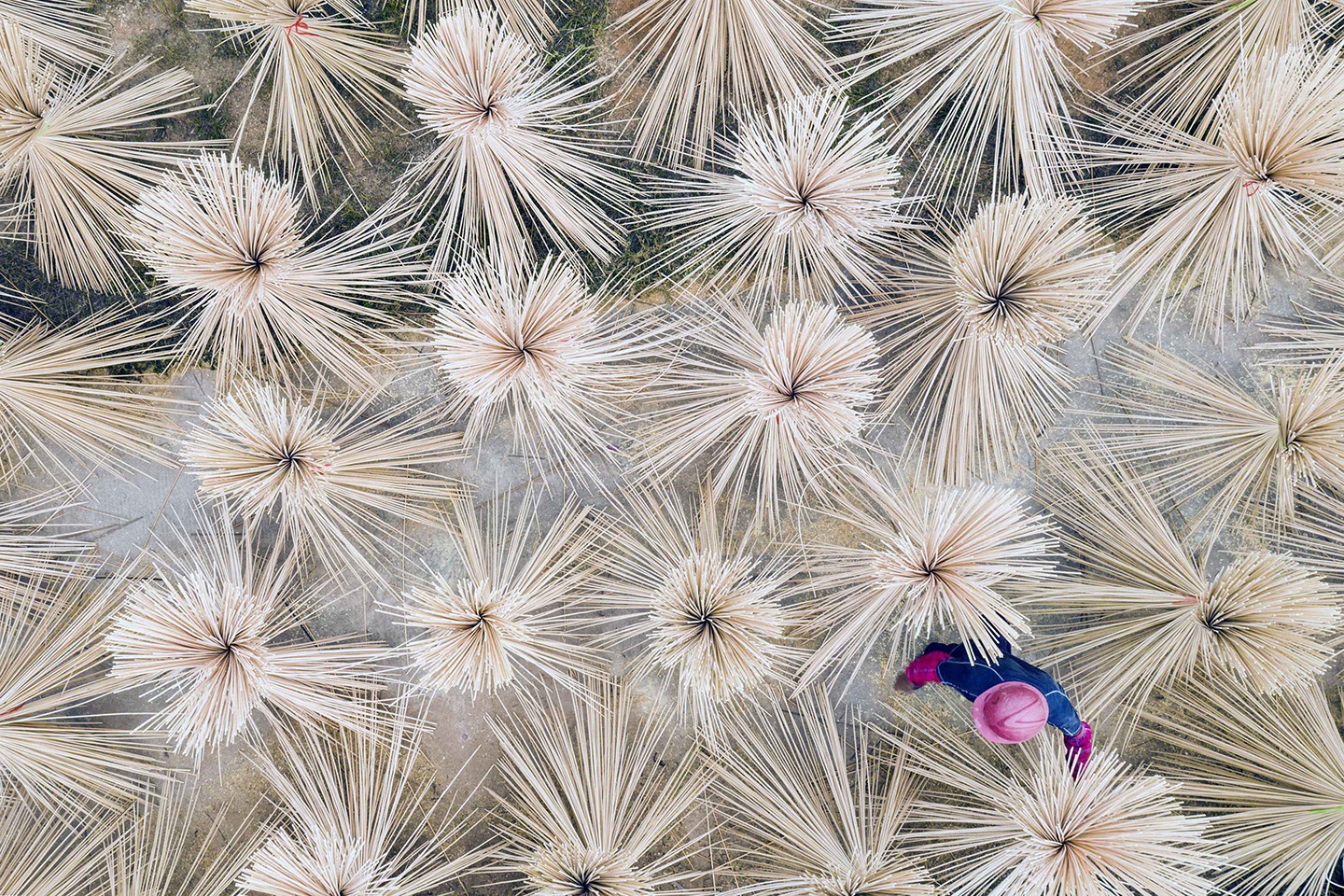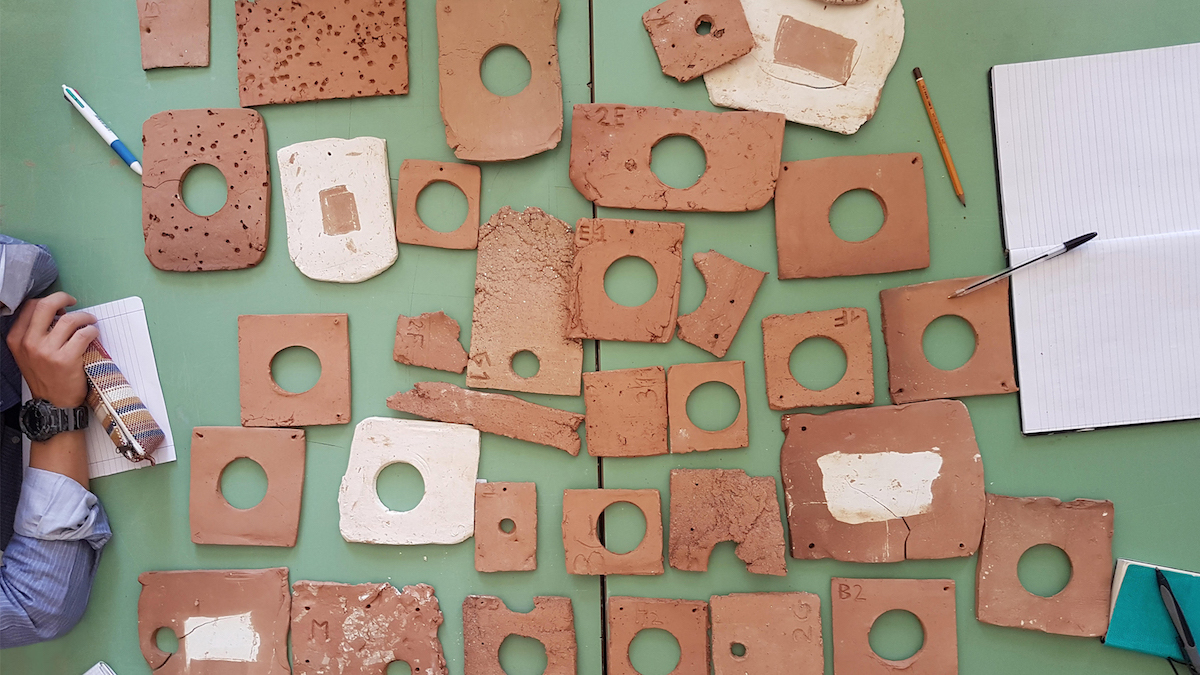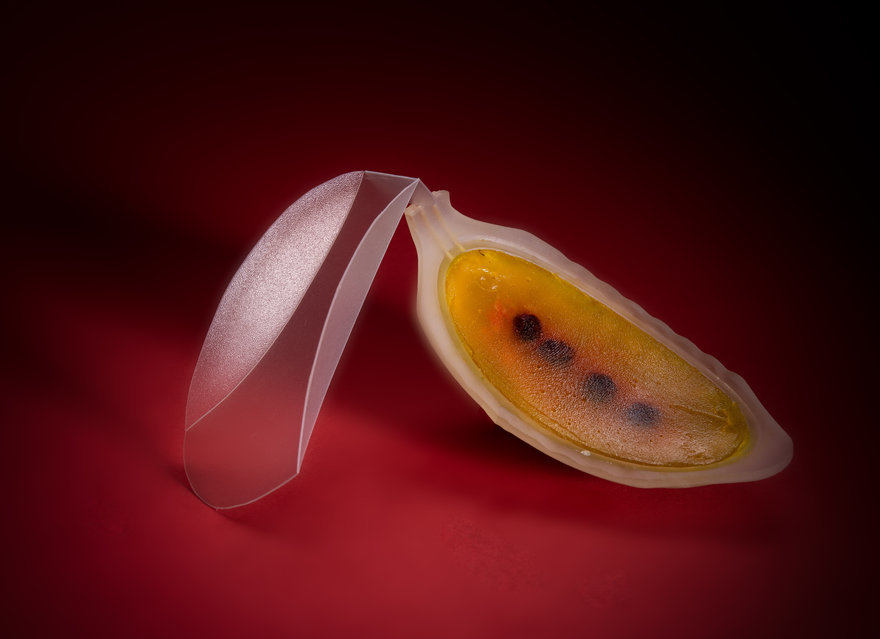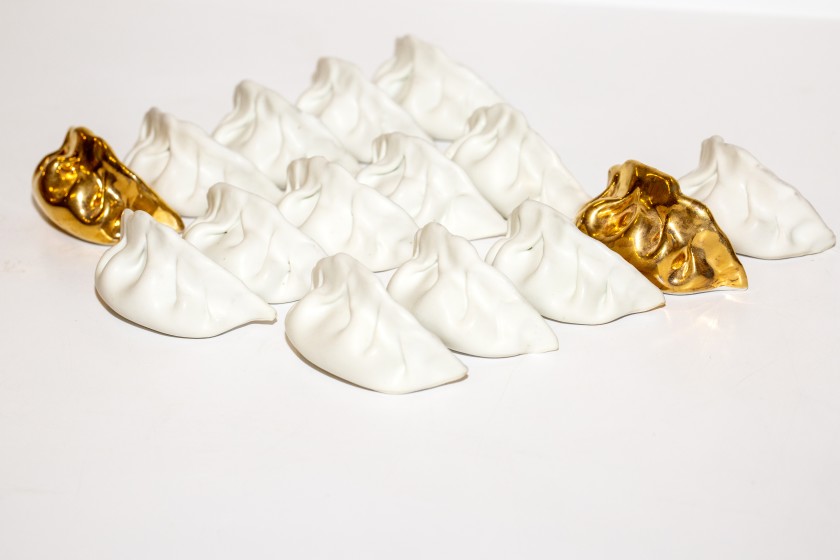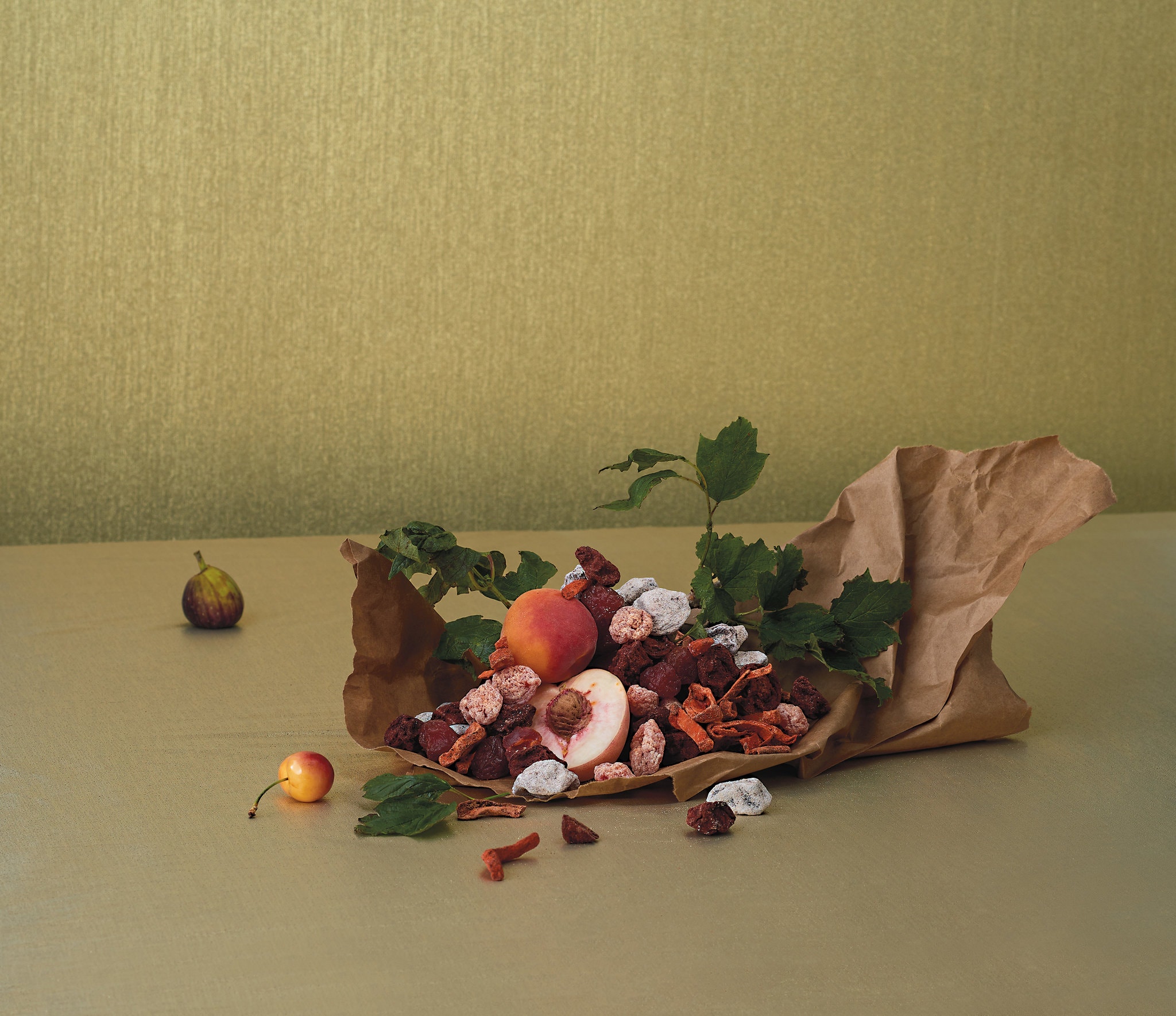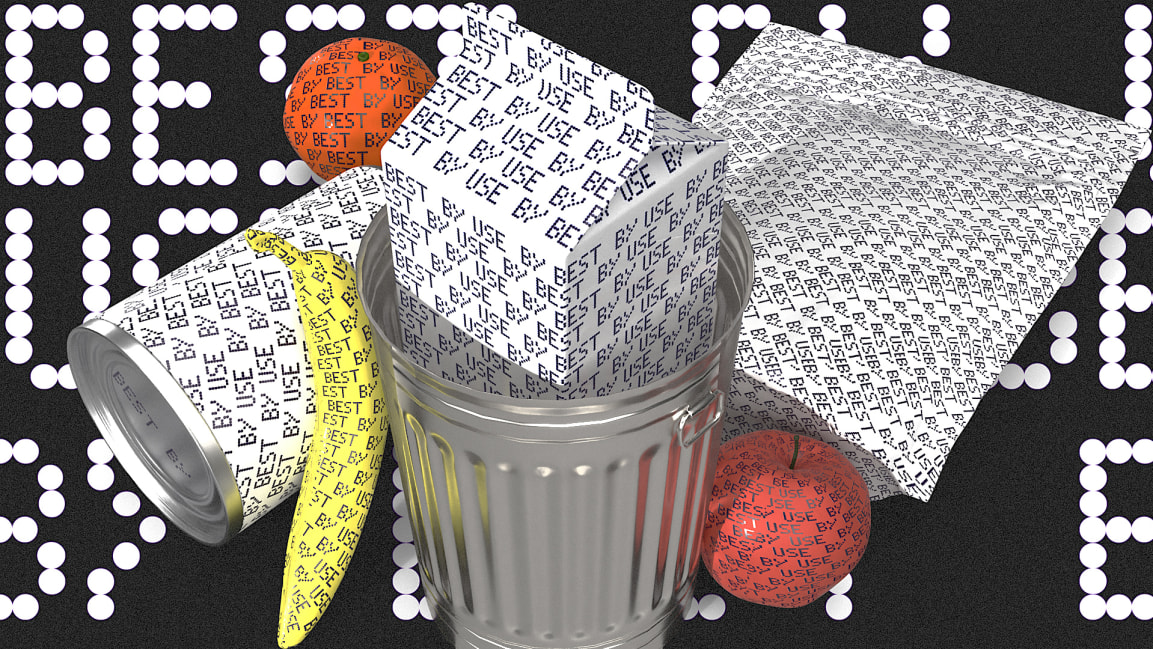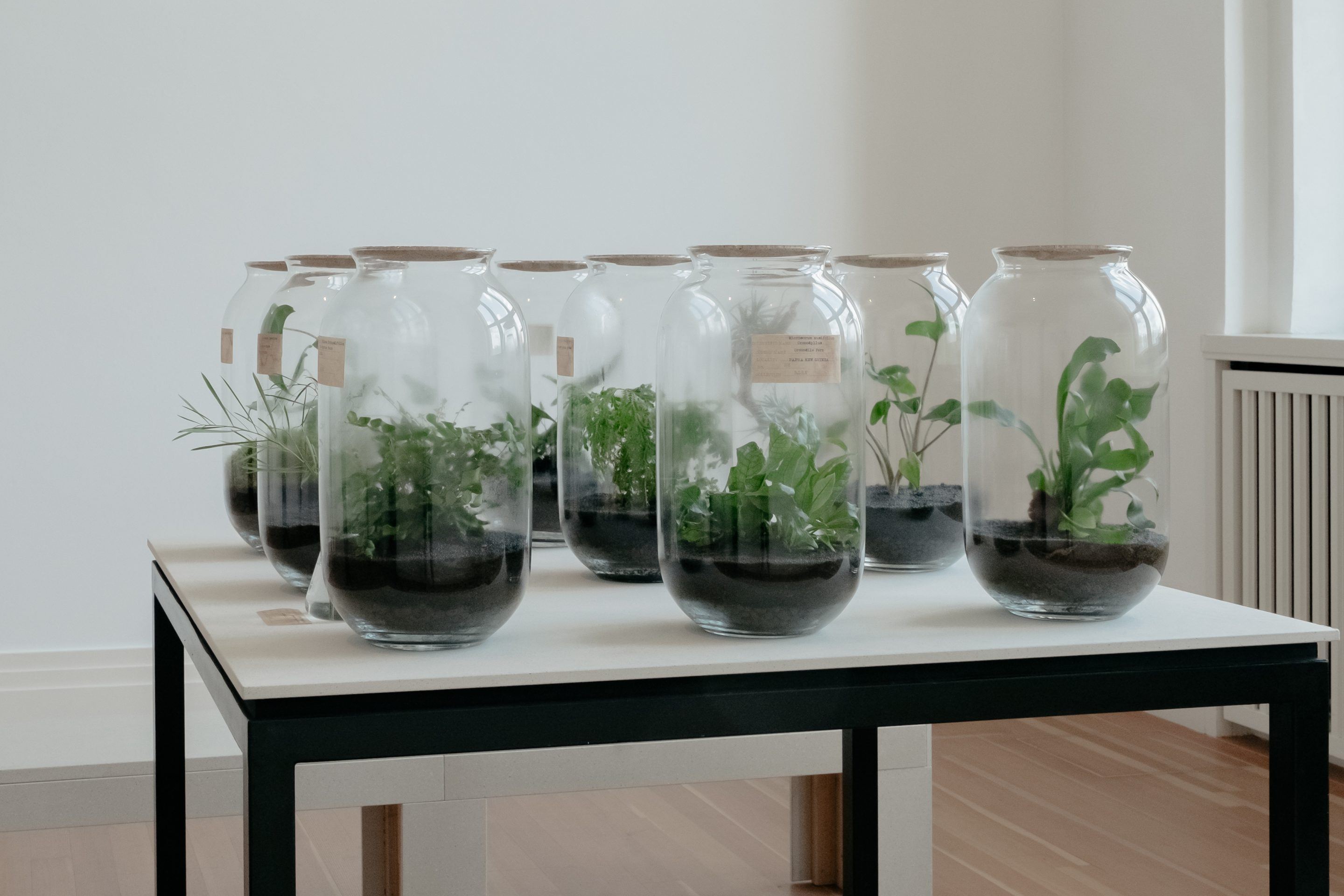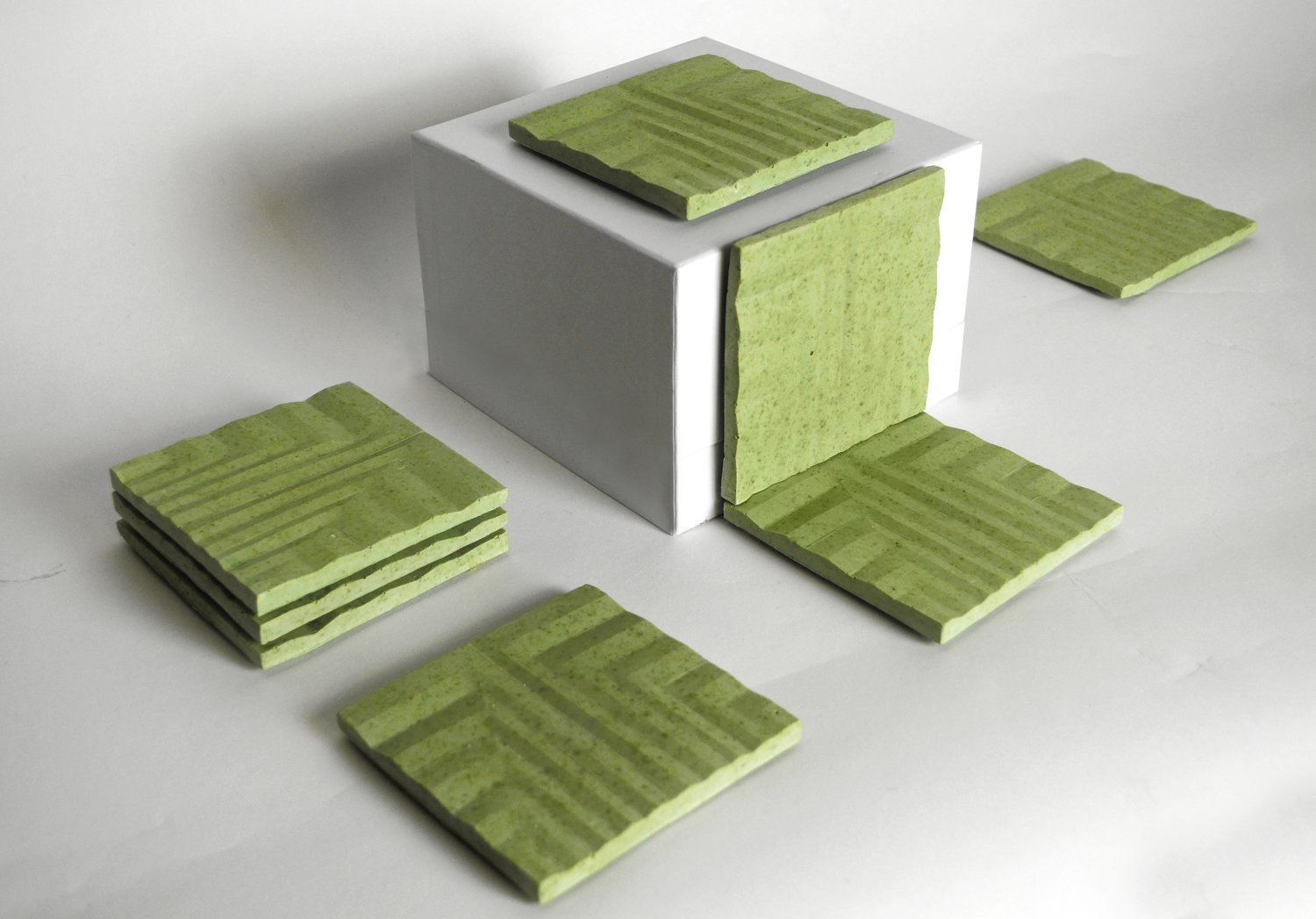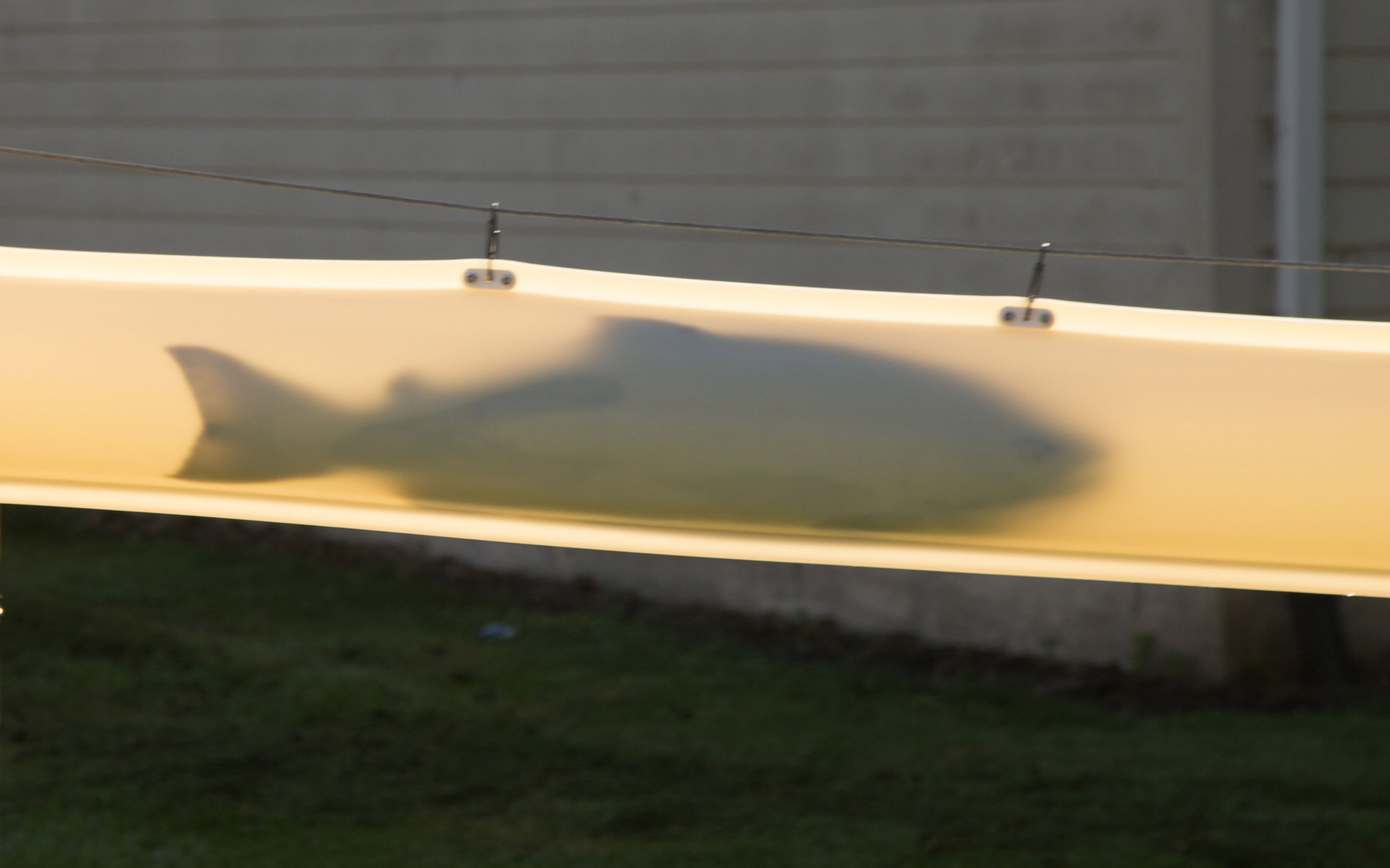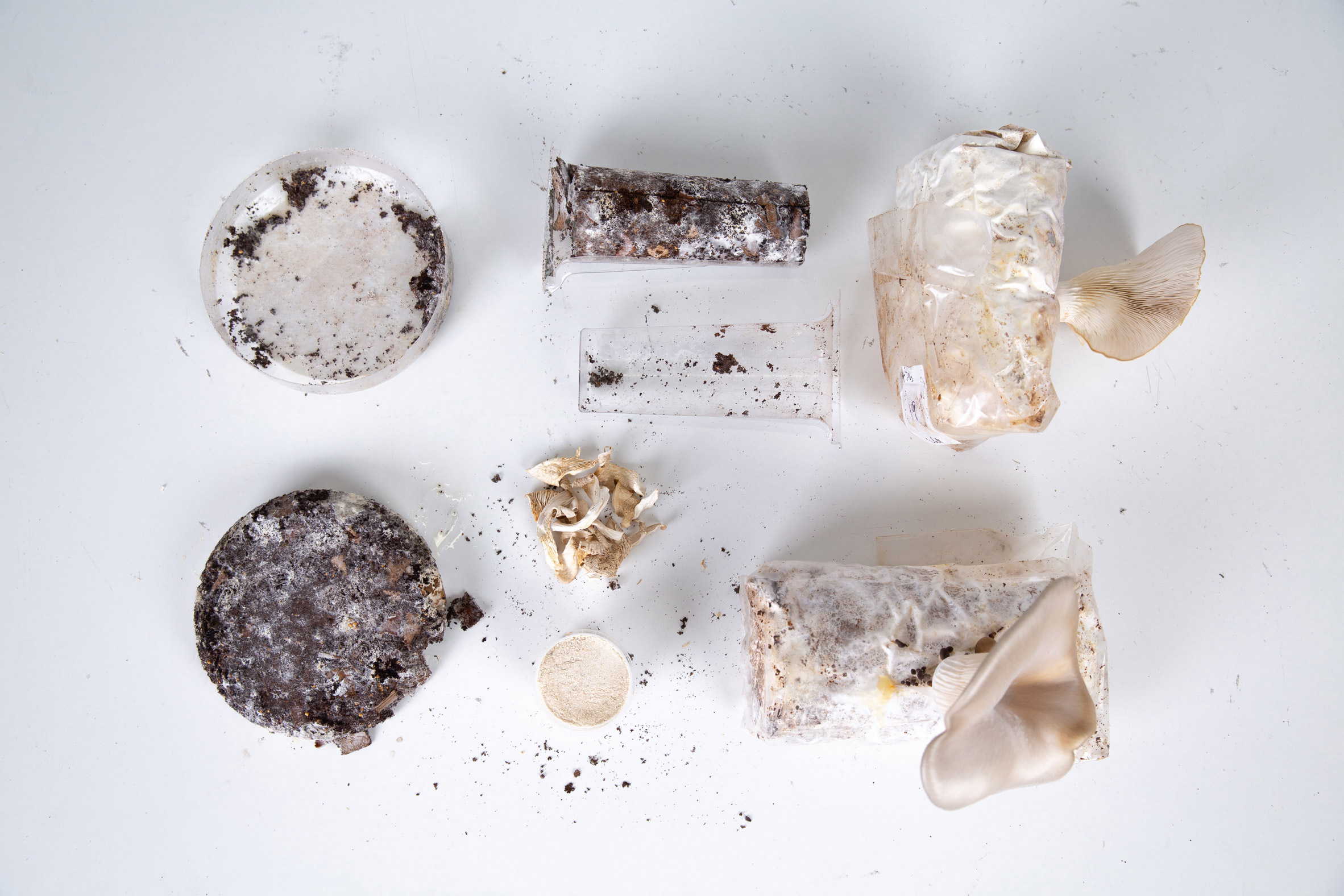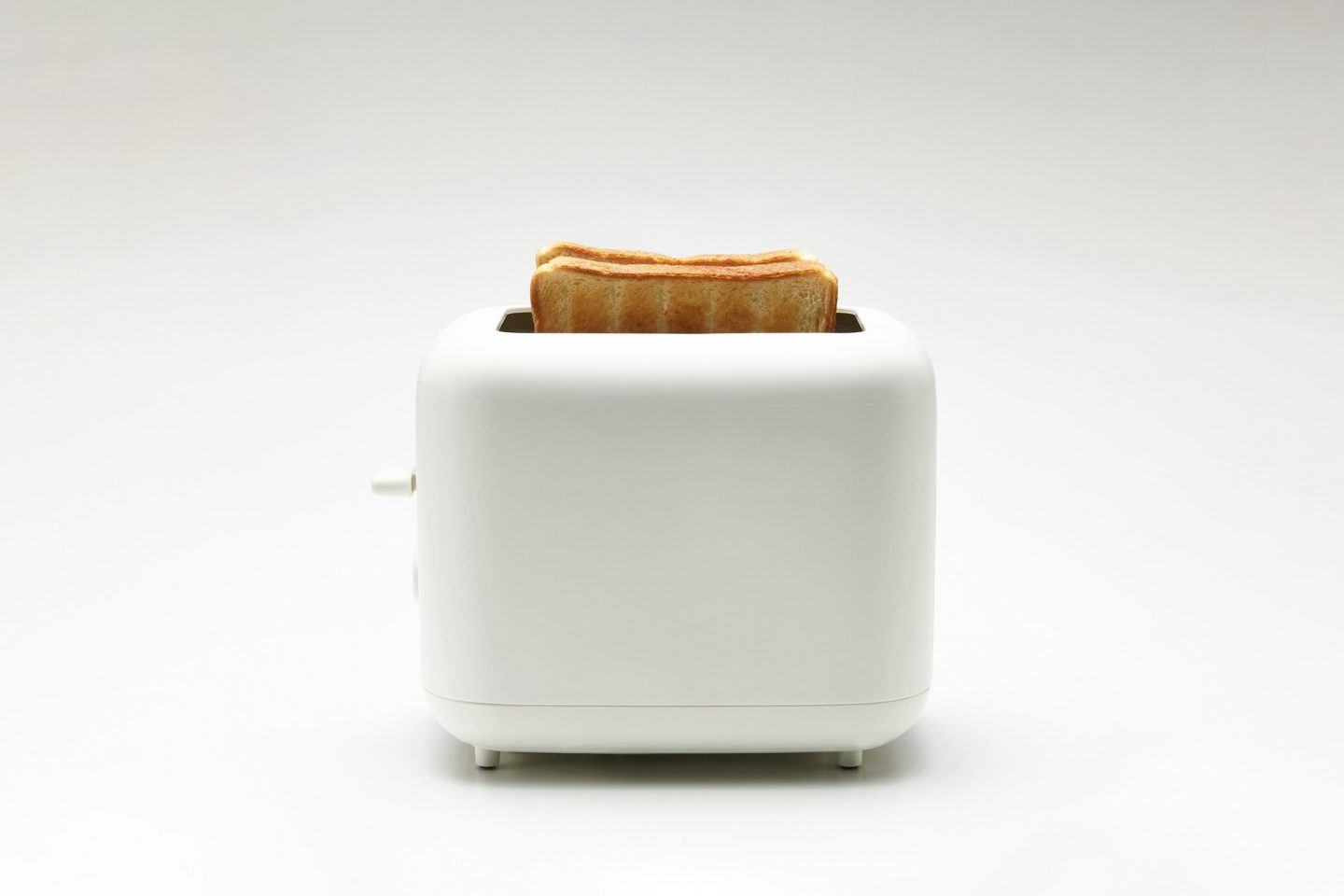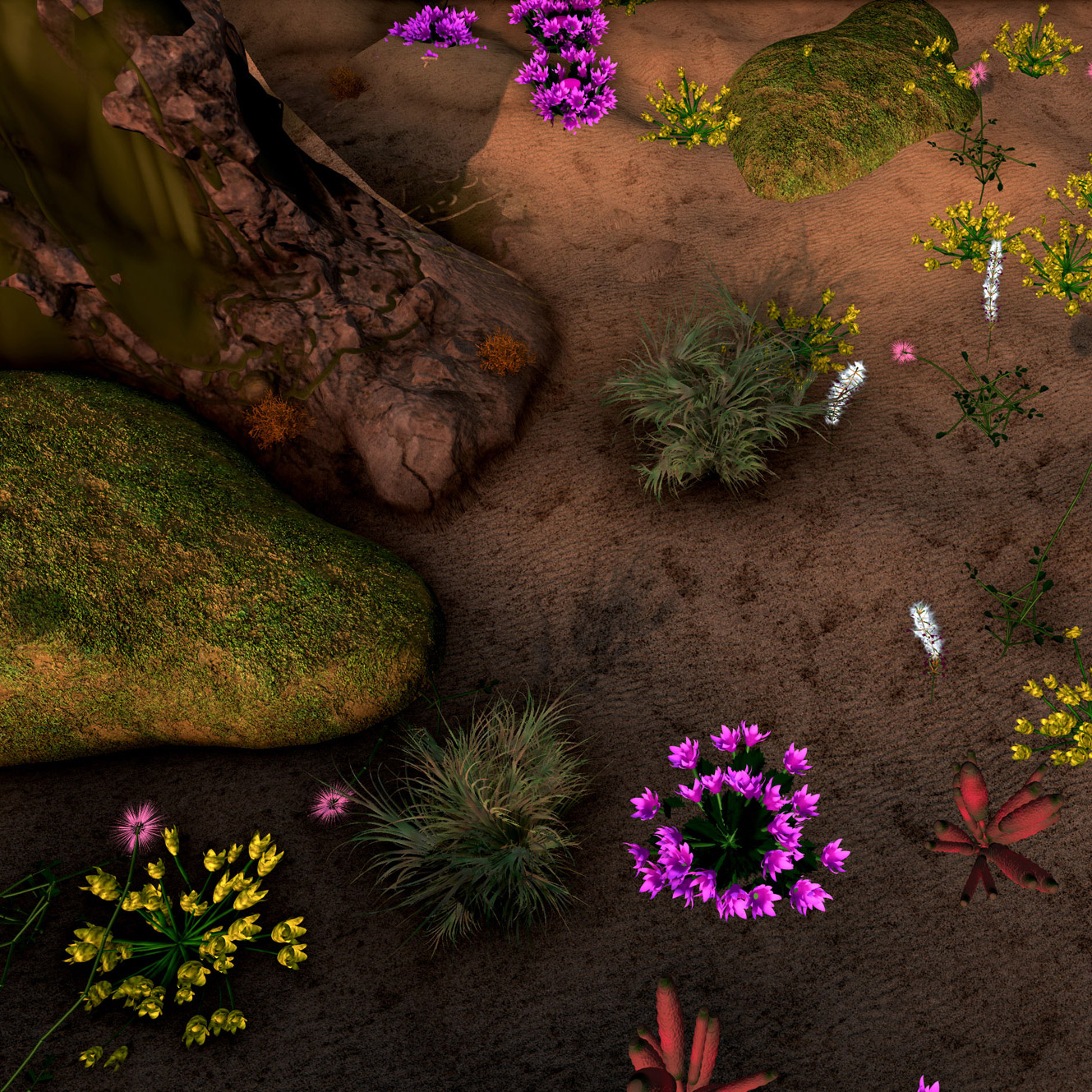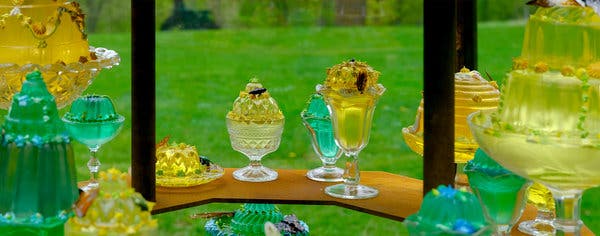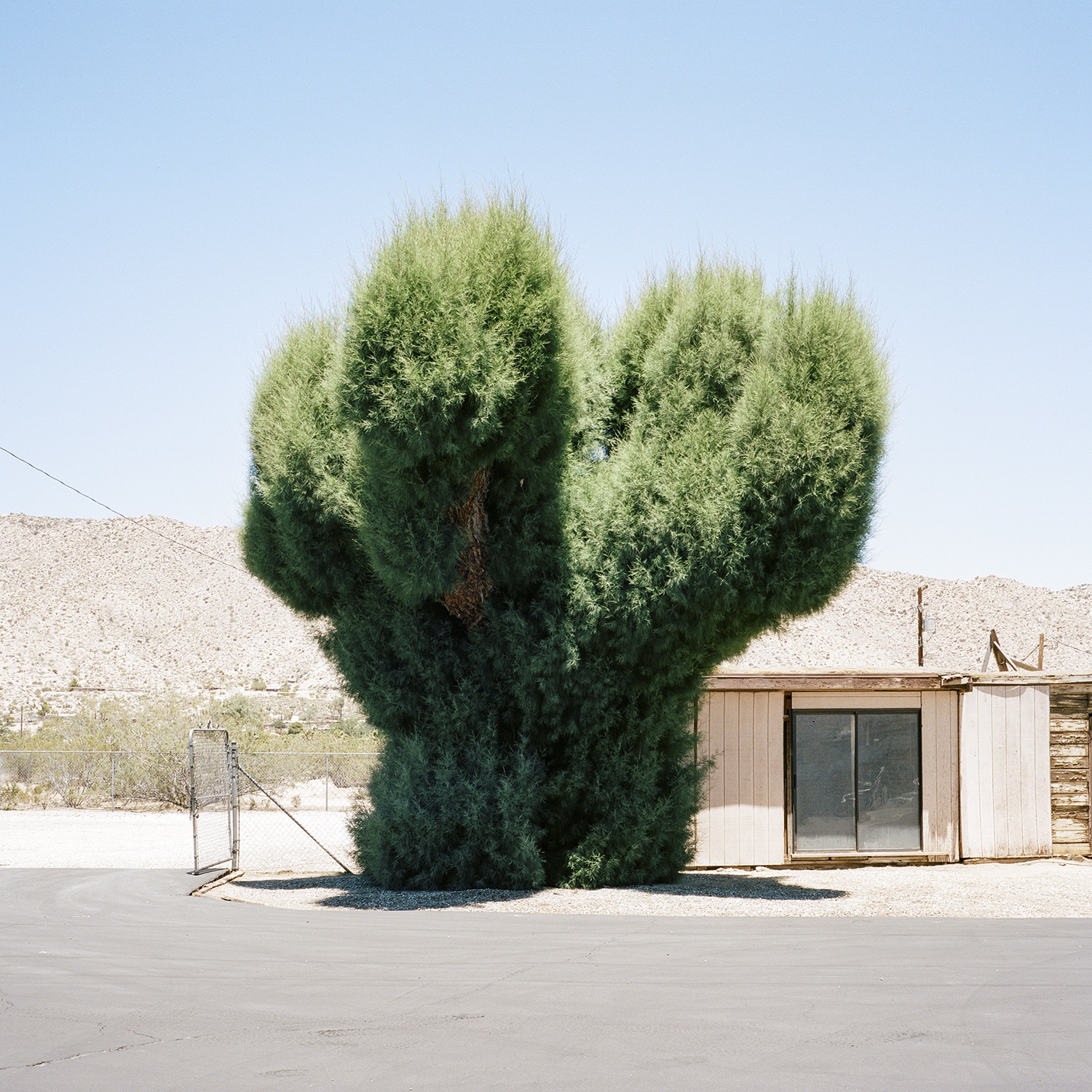Our weekly serving of off-the-menu items – a few popular favorites from the week, as well as a few morsels that may have slipped your notice.
 Researchers predict that water buried under ice on mars must be briny.
Researchers predict that water buried under ice on mars must be briny.
So You Want to Make Pickles on Mars
Although researchers recently discovered a lake of liquid water on Mars, about 12 miles wide and buried under an ice cap, it’s not the typical freshwater lake that might come to mind. In order to stay liquid at -90℉, the water has to be a briny, salty layer of water. Atlas Obscura breaks down the effects of salt on food preservation, plant growth, and bacterial development, telling us what to expect if we put a cucumber in the water on Mars.
 Country ham, one of the few cured meats native to the US, is becoming less common.
Country ham, one of the few cured meats native to the US, is becoming less common.
The Southern Delicacy That’s Disappearing
Country ham – a fatty, smoked, dry cured whole leg of ham – has spread from holiday dinner tables in the South to high end restaurants (Allan Benton’s country ham is featured on the charcuterie board at Momofuku Ssäm Bar). Although their popularity has expanded beyond Southern circles in recent years, country hams are notoriously difficult to make, and they’re still a niche product. Requiring six months of aging and often yielding minimal profits, country ham production in the US is on the decline, raising questions about the future of one of the US’ only home-cured meat products.
 Yuki Tatsumi’s origami exhibition highlights thousands of mini sculptures made by customers at restaurants across Japan.
Yuki Tatsumi’s origami exhibition highlights thousands of mini sculptures made by customers at restaurants across Japan.
Collecting Origami from Restaurants
While working part time at a restaurant in Japan, Yuki Tatsumi became fascinated with the small origami sculptures customers would leave behind, built from paper chopstick wrappers. What began as a hobby, collecting any chopstick origami he spotted at the restaurant, eventually transformed into in art exhibition. After travelling around Japan for a year and half to collect origami from other restaurants, Tatsumi amassed a collection of more than 13,000 paper sculptures. This collection became a travelling art collection, dubbed Japanese Tip, in homage to the customers that left their creations behind for servers.

Fresh Ideas from Small Grocery Stores
As “traditional supermarkets confront a crisis that industry analysts say could surpass the retail apocalypse that pounded shopping malls a decade ago,” Kim Severson reports, a host of innovations are cropping up (pun intended) in local, community-driven grocers. From packaging-free stores to membership models that run without cashiers, concerned citizens across the professional spectrum are bringing radical ideas into food retail.
 Both 3M and the EPA have worked to suppress reports on the full impacts of PFOA and PFOS.
Both 3M and the EPA have worked to suppress reports on the full impacts of PFOA and PFOS.
Recent legal investigations have revealed that 3M knew about the toxic effects of PFOA and PFOS, chemical compounds developed by 3M that have been widely used by companies like DuPont and in 3M’s own fabric protector, for more than four decades. The company’s suppression of crucial information and public misrepresentation of scientific reports has obscured details about how ubiquitous the chemicals are and the effects they may have on human health. Check out this article by The Intercept for a full rundown on what PFOA and PFOS are, as well as 3M’s response to repeated reports incriminating their products.
 French fry tycoon Lamb Weston tests new recipes for fries that can stay crispy for up to 60 minutes.
French fry tycoon Lamb Weston tests new recipes for fries that can stay crispy for up to 60 minutes.
The French Fries That Stay Crispy – Even after That Hour Long Grubhub Delivery
The country’s largest producer of french fries, Lamb Weston, is on a mission to create a fry that will stay crispy for more than five minutes. In response to the growing popularity of food delivery systems, Lamb Weston has recognized the need for a fry that doesn’t immediately become soggy or limp. Researchers are tasting fries, studying internal delivery-bag temperatures, and testing new batters, to find the fry that will last for up to an hour.
